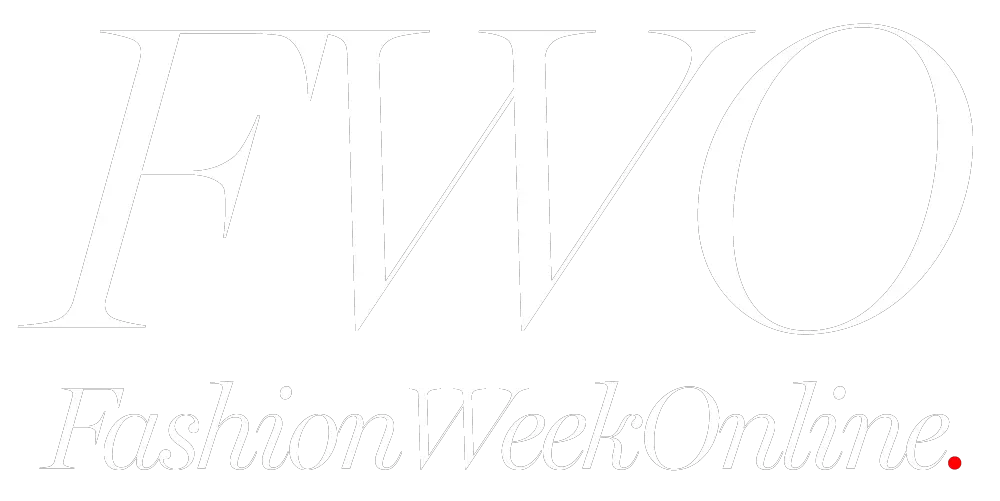For decades, plus-size fashion was treated like an afterthought.
If you didn’t fit into the industry’s narrow sizing ideals, your choices were limited to boxy silhouettes, outdated prints, and garments that prioritized covering up over expression. But that’s changing. And nowhere is that shift more visible than during Fashion Week.
Across New York, Paris, London, and Milan, there’s a new kind of energy: one that says style belongs to everyone, regardless of size.
From Back Row to Center Stage
Fashion Week has historically showcased the same types of bodies on and off the runway. Sample sizes ruled the shows. Front rows were filled with stylists, editors, and influencers who, more often than not, reflected a single standard of beauty.
But as cultural conversations around body inclusivity gained momentum, so did the pressure for the fashion industry to reflect real people. And it wasn’t just a social justice trend — it was a consumer reality. The plus-size market is massive, with women above a size 14 making up the majority in countries like the United States. The idea that this demographic should be ignored by fashion’s most visible events was never about demand — it was about outdated gatekeeping.
Today, front rows are slowly beginning to mirror the diversity of the fashion-buying public. And as more designers expand their sizing and cast models of all shapes, the message is getting clearer: being stylish isn’t size-specific.
The Runway Has Room
We’re seeing more plus-size models booked for major shows. From Paloma Elsesser to Precious Lee, these women aren’t niche tokens — they’re redefining beauty on their own terms. And with their presence comes an undeniable shift in tone.
When a curvier model walks in a sculpted dress or sharp tailored look, it changes the narrative. It challenges the assumption that certain garments “aren’t meant” for larger bodies. Suddenly, fashion feels less like an exclusive club and more like an open invitation.
And it’s not just about having one plus-size model per show. It’s about integrating inclusive sizing into the DNA of a collection. Some designers are creating garments from the ground up with diverse body types in mind, rather than scaling up a sample and hoping it works.
What Buyers and Editors Are Seeing
There’s growing interest behind the scenes, too. Buyers are asking about extended sizing. Editors are writing more features on inclusive brands. And the data backs up the trend: plus-size fashion is growing faster than other segments in the industry.
Retailers are taking note. More buyers are requesting pieces that cater to a broader size range, knowing that their customers demand both fit and fashion. And publications that once sidelined plus-size fashion to a niche vertical are now weaving it into their main trend coverage.
- Fashion insiders are realizing what plus-size consumers have known all along: style is about creativity, not conformity.
Street Style Says It All
Fashion Week street style is often where trends are cemented. And the presence of stylish, confident plus-size individuals outside show venues is impossible to ignore.
From bold prints to structured tailoring, from vintage layering to minimalist monochrome — these are people dressing with intention. And photographers are paying attention. Images of plus-size attendees are showing up in top fashion media outlets more frequently, further normalizing the idea that great style comes in all sizes.
Some recurring street style moments that have made an impact:
- Waist-defining outerwear over flowy dresses
- High-rise trousers with tucked-in knits
- Statement boots with knee-length skirts
- Belt bags styled across structured blazers
It’s not about dressing to hide. It’s about dressing to be seen.
Breaking the Fabric Barrier
One of the most frustrating things for plus-size consumers has been the lack of high-quality materials in extended sizes for products like plus size dresses. Historically, many garments made for larger bodies were crafted from stretchy synthetic blends, as if the only concern was making it “fit” rather than making it luxurious.
That’s changing too.
As demand grows for quality, fit, and aesthetic all in one, more brands are investing in premium fabrics, flattering cuts, and intentional design for plus-size collections. Silks, wool blends, crisp cottons, and structured linens are becoming more accessible beyond size 12.
And this isn’t just about eveningwear. Casual staples, workwear, and athleisure are all getting an upgrade.
The Power of Plus-Size Influencers
Social media has played a huge role in pushing this evolution forward. Plus-size influencers have built massive followings by doing what traditional media refused to: show what fashion looks like on a range of body types.
These creators aren’t just showing clothes. They’re challenging assumptions about who fashion is for. And they’re doing it with style, wit, and serious trend fluency.
What started as a way to build community has now turned into real influence. Brands are partnering with plus-size creators, inviting them to shows, and working with them to shape collections. This influence is shifting what gets spotlighted on the runway and in the press.
Style Isn’t a Niche
There’s a lingering assumption in some corners of the industry that plus-size fashion is still niche. But that’s just bad math. The average American woman wears a size 16 or 18. The demand for stylish, well-fitting clothing in extended sizes isn’t fringe. It’s mainstream.
Treating it as anything less is a missed opportunity. And consumers are no longer waiting around for approval. They’re buying from brands that get it — brands that offer trend-forward options, true-to-size fits, and thoughtful design.
What the Industry Still Needs to Do
We’ve seen real progress, but there’s work left:
- More consistent sizing: Too often, a size 18 in one brand fits like a 14 in another. We need better standards.
- Inclusive marketing: Diversity shouldn’t end at the product level. Campaigns, website models, and lookbooks should reflect the full range of customers.
- Expanded in-store options: Many retailers offer plus sizes online only. This sends the message that larger customers aren’t welcome in the physical shopping experience.
- Creative leadership: Hiring plus-size designers, stylists, and creative directors can bring more authentic representation and understanding to collections.
Looking Ahead
As Fashion Week evolves, so does its ability to shape perception. The inclusion of plus-size fashion in these high-profile spaces sends a powerful message: that every body deserves great style.
The more we see plus-size models on runways, influencers in front rows, and thoughtfully designed collections in showrooms, the more the industry becomes what it should have been all along: reflective of real people.
It also opens the door for more nuanced conversations about fit, tailoring, and personal style. Because fashion isn’t about erasing difference — it’s about celebrating it.
Fashion is finally catching up. And the front row has a few new seats to fill.
##




